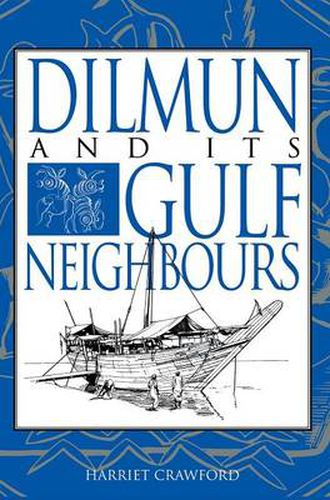Readings Newsletter
Become a Readings Member to make your shopping experience even easier.
Sign in or sign up for free!
You’re not far away from qualifying for FREE standard shipping within Australia
You’ve qualified for FREE standard shipping within Australia
The cart is loading…






Harriet Crawford presents a scholarly and up-to-date account of the archaeology of the Arabian Gulf from c. 4500-1500 BC. It offers a new interpretation of the structure of society in the Early Dilmun period (c. 2000-1500 BC) using material from the recently excavated site of Saar on the main Bahrain island. The urban, centralized and probably literate society in Dilmun is contrasted with the contemporary societies in Oman and the Emirates. Here there is evidence from buildings and graves for a loosely knit, apparently tribal society. Both societies were greatly influenced by their participation in the complex trade routes which linked them with ancient Mesopotamia to the north and the Indus Valley to the south east, but developed their own distinctive cultures. The reason for their divergent development seems to relate to the fact that Dilmun was an entrepot, while the Oman peninsula was a source of raw materials.
$9.00 standard shipping within Australia
FREE standard shipping within Australia for orders over $100.00
Express & International shipping calculated at checkout
Harriet Crawford presents a scholarly and up-to-date account of the archaeology of the Arabian Gulf from c. 4500-1500 BC. It offers a new interpretation of the structure of society in the Early Dilmun period (c. 2000-1500 BC) using material from the recently excavated site of Saar on the main Bahrain island. The urban, centralized and probably literate society in Dilmun is contrasted with the contemporary societies in Oman and the Emirates. Here there is evidence from buildings and graves for a loosely knit, apparently tribal society. Both societies were greatly influenced by their participation in the complex trade routes which linked them with ancient Mesopotamia to the north and the Indus Valley to the south east, but developed their own distinctive cultures. The reason for their divergent development seems to relate to the fact that Dilmun was an entrepot, while the Oman peninsula was a source of raw materials.